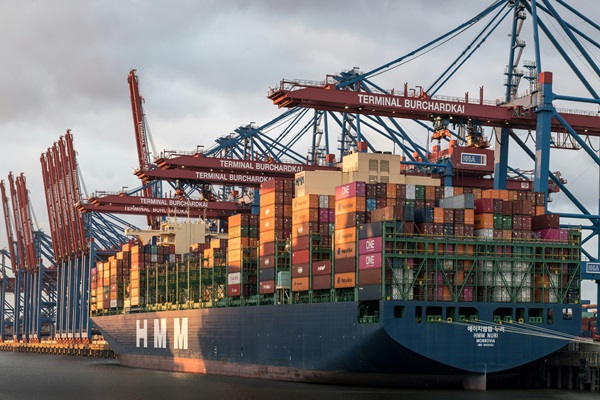Maritime transport remains one of the most cost-effective and efficient options for moving goods internationally. However, within this process, maritime freight plays a fundamental role in determining the costs associated with shipping. Understanding what it is and how this cost is calculated can make all the difference in optimizing your import or export operations. In this article, we explain everything you need to know about this key element of global trade.
What is maritime freight?
Maritime freight is the cost associated with transporting goods by sea. This includes not only the use of the ship but also other related services, such as handling at ports and surcharges that may apply depending on the route.
In essence, it is the price paid for a container or goods to travel from the port of origin to the port of destination. However, calculating freight is not always straightforward, as it depends on numerous factors such as the type of cargo, volume, distance between ports, and the supply and demand of maritime routes.
Factors influencing the cost of maritime freight
The cost of maritime freight can vary based on multiple factors, including:
- Type of cargo:
- FCL (Full Container Load): Used when a company occupies a full container for its goods. It is ideal for large shipments as it offers greater security and cost-effectiveness per volume.
- LCL (Less Container Load): In this modality, multiple small shipments from different companies share the same container. Although more economical, it can involve longer transit times.
- Supply and demand: Freight prices can vary significantly depending on the route. For instance, shipping goods from Spain to China is often cheaper than to the UAE due to imbalances in the flow of empty containers.
- Distance and duration: While distance is not always decisive, on long or complex routes, costs tend to increase.
- Additional surcharges:
- BAF (Bunker Adjustment Factor): Surcharge for fluctuations in fuel prices.
- CAF (Currency Adjustment Factor): Adjustment for changes in exchange rates.
- Transit surcharges: Such as SCT (Suez Canal) or PCS (Panama Canal).
Types of maritime freight and modalities
The type of maritime freight contracted also affects the final price and the responsibilities of the parties involved:
- Free In (FI): The sender covers the costs of loading at the port of origin, while the carrier handles the transport and unloading at the destination.
- Free Out (FO): The shipping company covers transport and initial loading, leaving the unloading costs to the importer.
- Free In and Out (FIO): The sender and recipient cover the costs of loading and unloading, respectively. The shipping company is responsible only for transport.
- FCL and LCL: The most common modalities for full container loads and groupage, depending on the volume of goods.
How to calculate and optimize maritime freight costs
Calculating the cost of maritime freight involves analyzing various factors:
- The volume and weight of the cargo.
- Associated surcharges.
- Additional costs, such as land transportation to or from the port.
To ensure the best price, it is ideal to compare different options and routes. This is where an intermediary like Bullimporter becomes key. We analyze the most competitive alternatives, offering personalized solutions that optimize costs and ensure a hassle-free process.
Bullimporter: Your ally in maritime transport
Understanding maritime freight can be complex, but you don’t have to do it alone. At Bullimporter, we specialize in connecting importers with the best maritime transport providers. Our team handles every step of the process, from quotations and selecting the most suitable route to complete logistics coordination.
Advantages of working with Bullimporter:
- Time and cost savings: We select the best options for you.
- Comprehensive management: We handle land transportation, customs, and any other necessary services.
- Personalized support: A team of experts at your disposal to answer questions and ensure your goods arrive on time.
FAQs about maritime freight
- What is maritime freight? It is the cost associated with transporting goods by sea, including transport, handling, and surcharges.
- Which modality is better: FCL or LCL? FCL is ideal for large volumes; LCL is more economical for small shipments.
- How are maritime freight surcharges calculated? They are based on factors such as fuel prices, exchange rates, and the selected route.
- Why choose Bullimporter to manage my maritime transport? Because we offer comprehensive management that optimizes time and costs, connecting you with the best providers.
- What does door-to-door service include? It includes land, sea transport, and all associated costs from the origin to the final destination.



